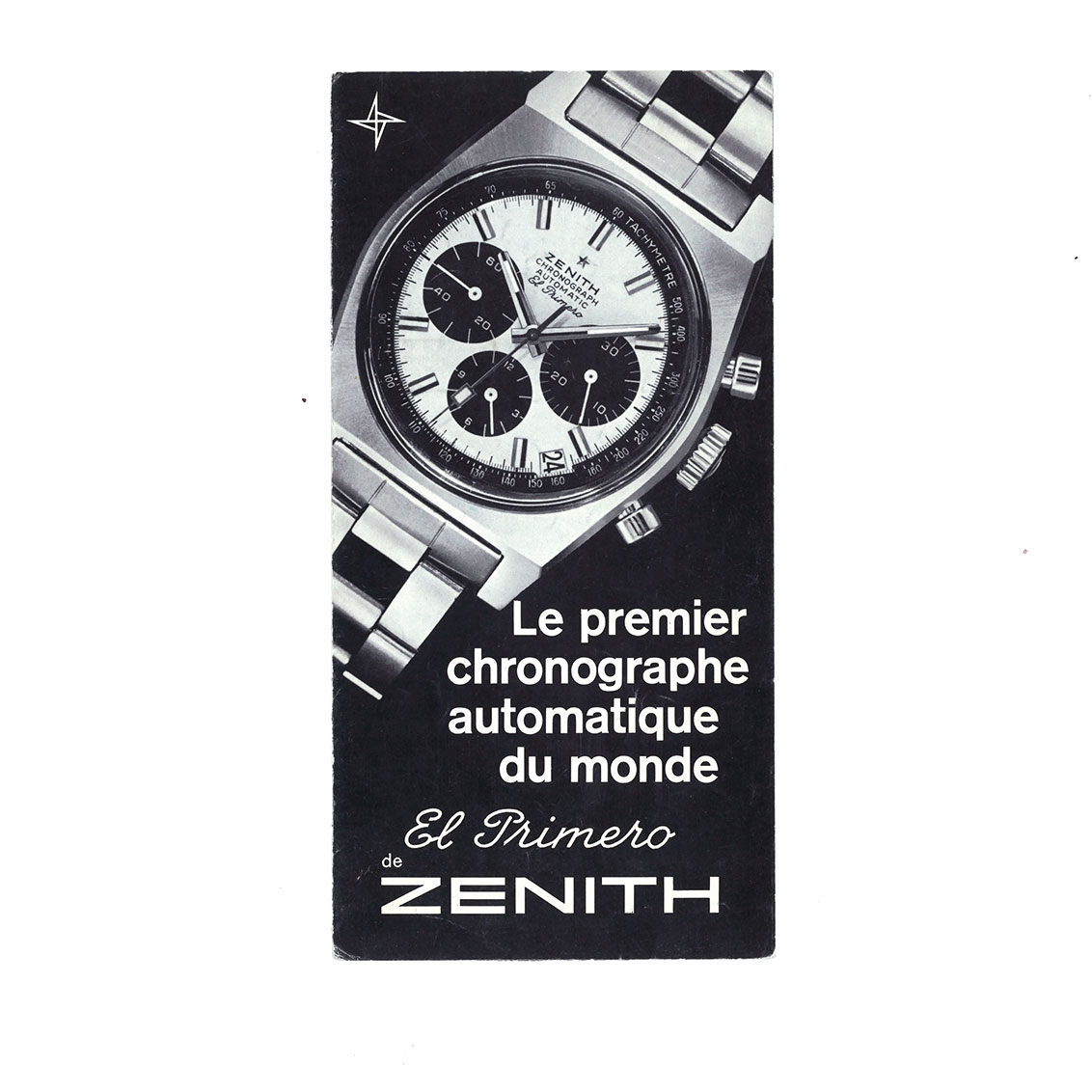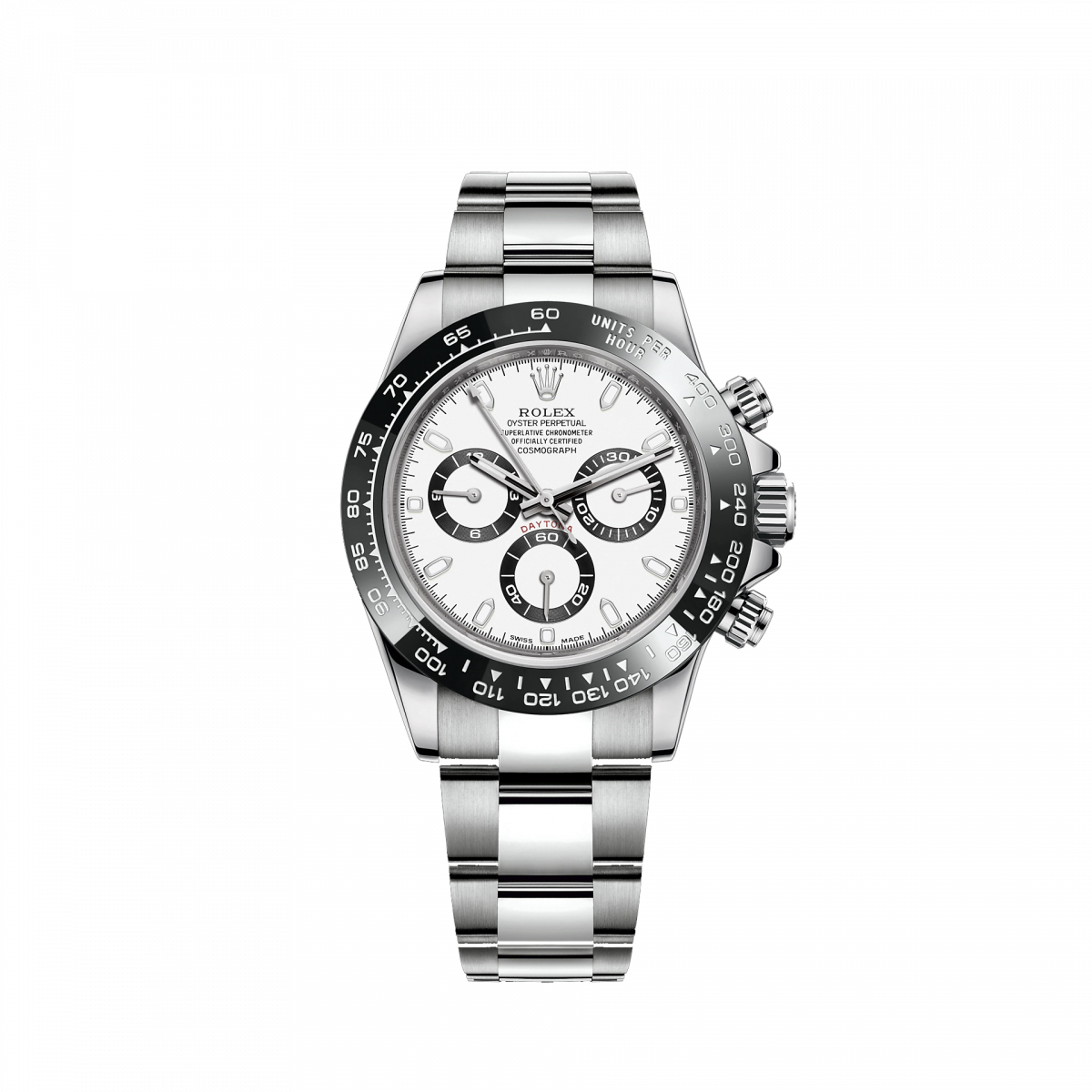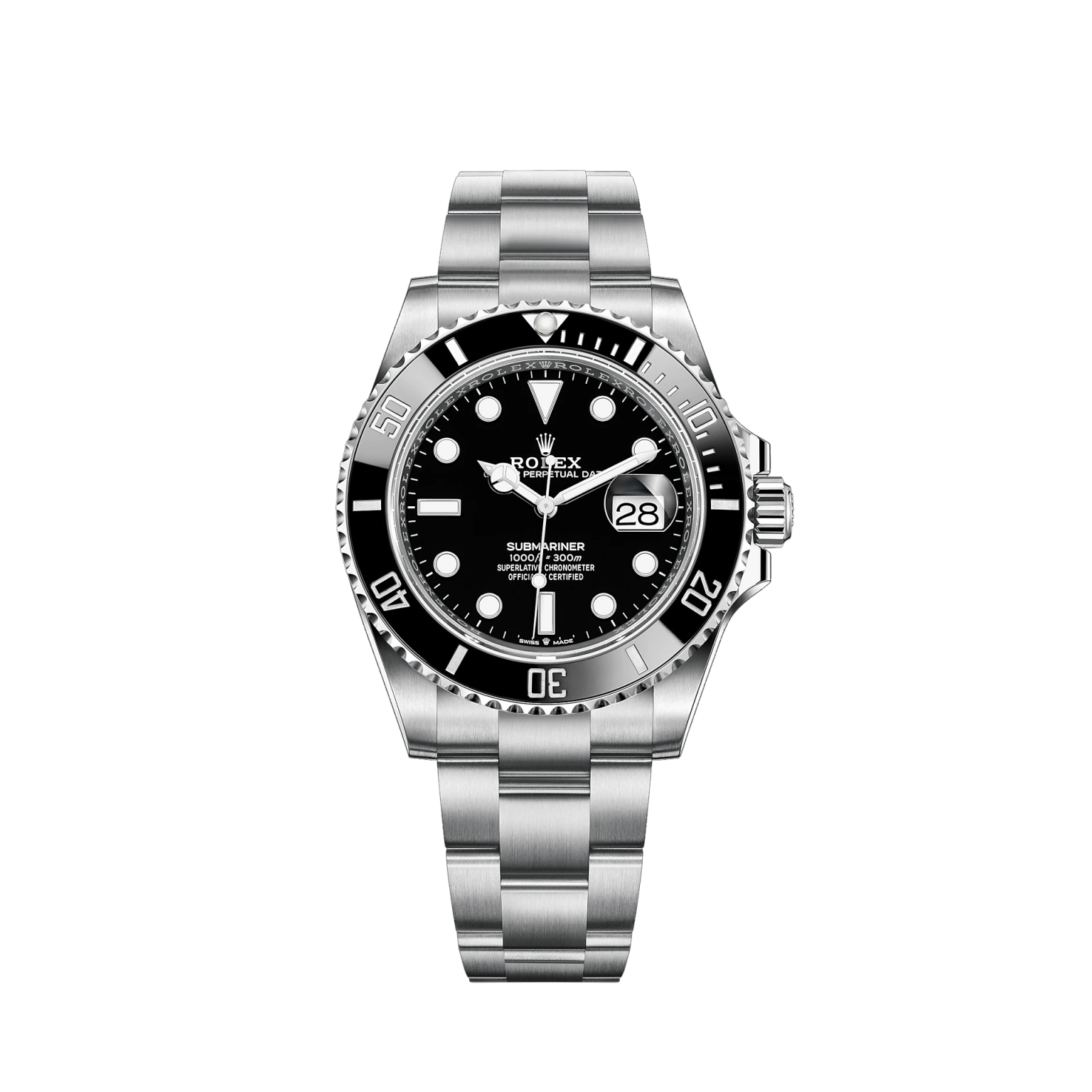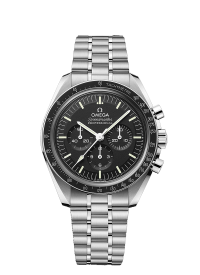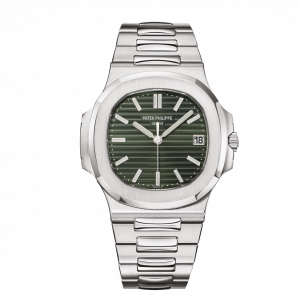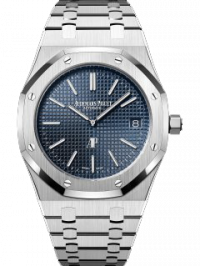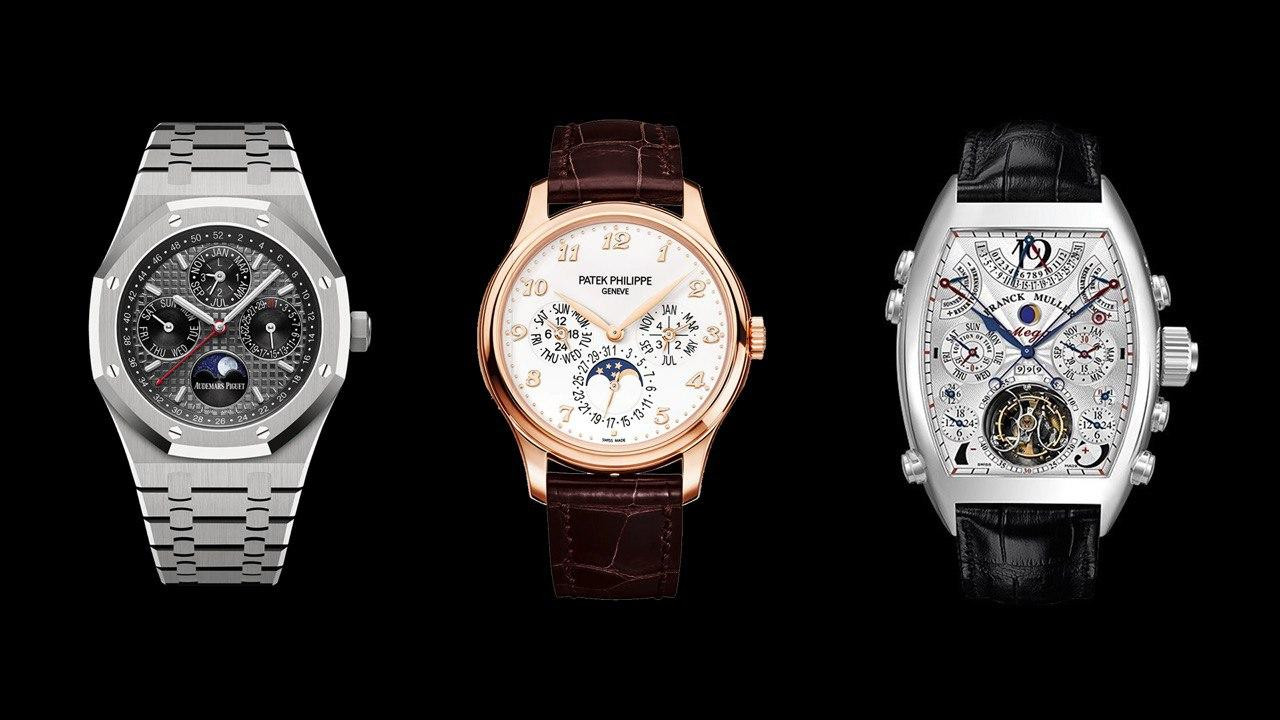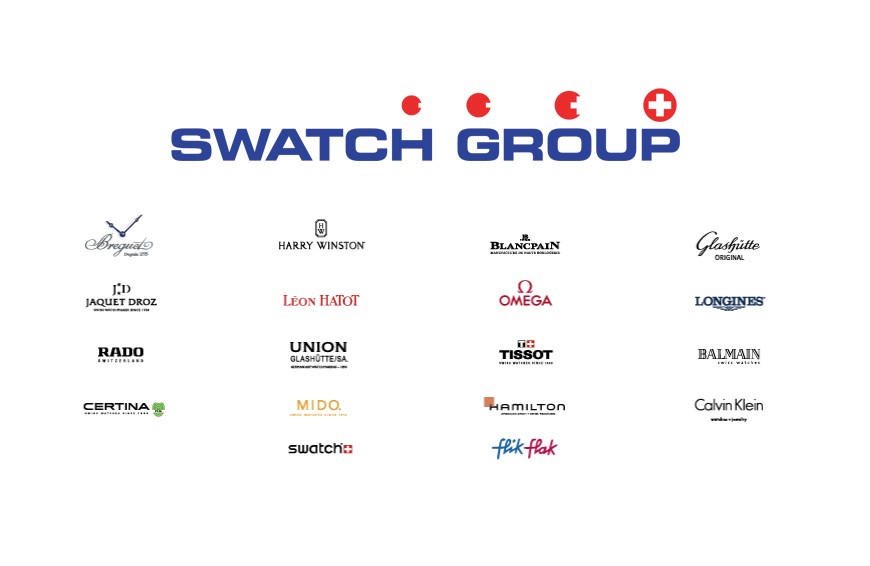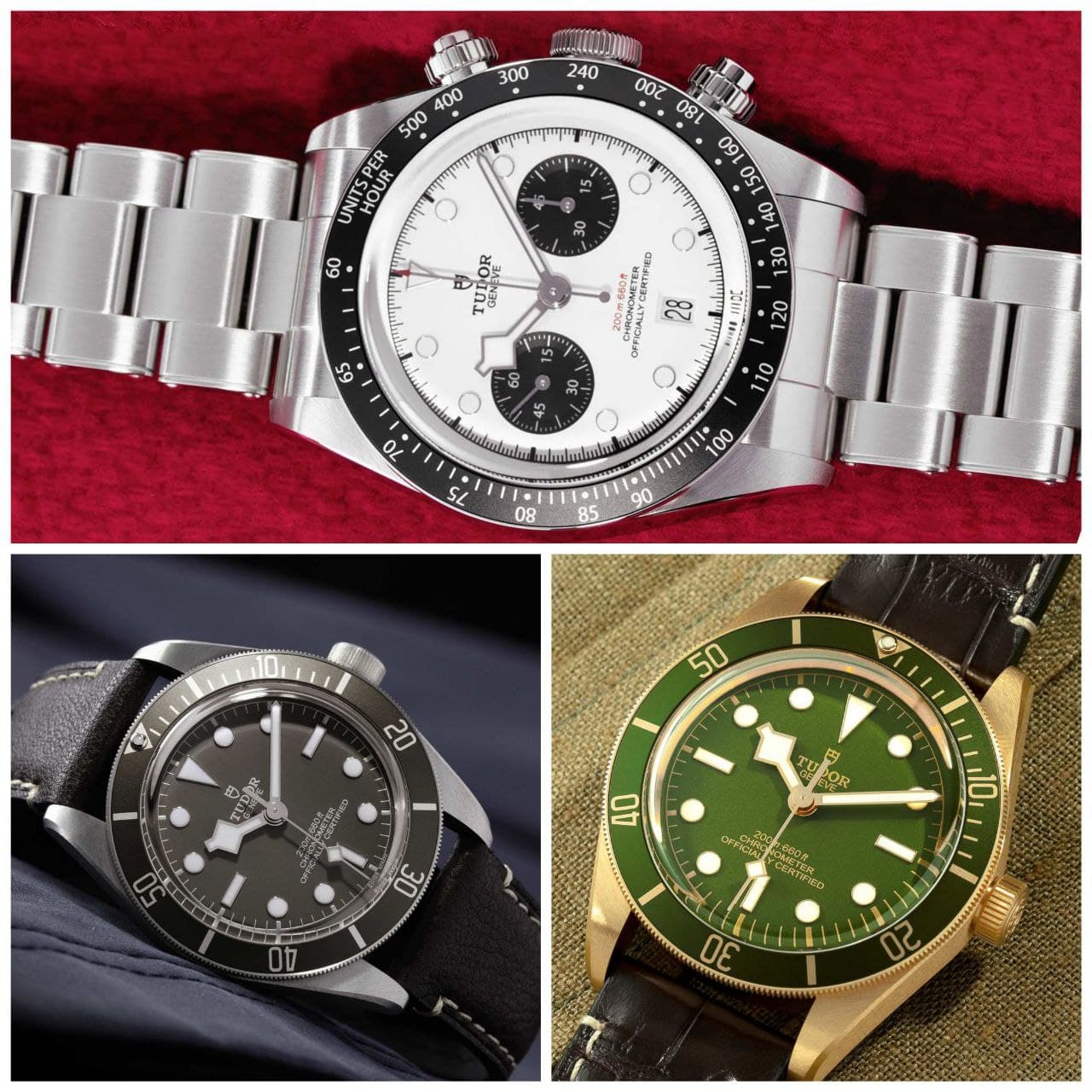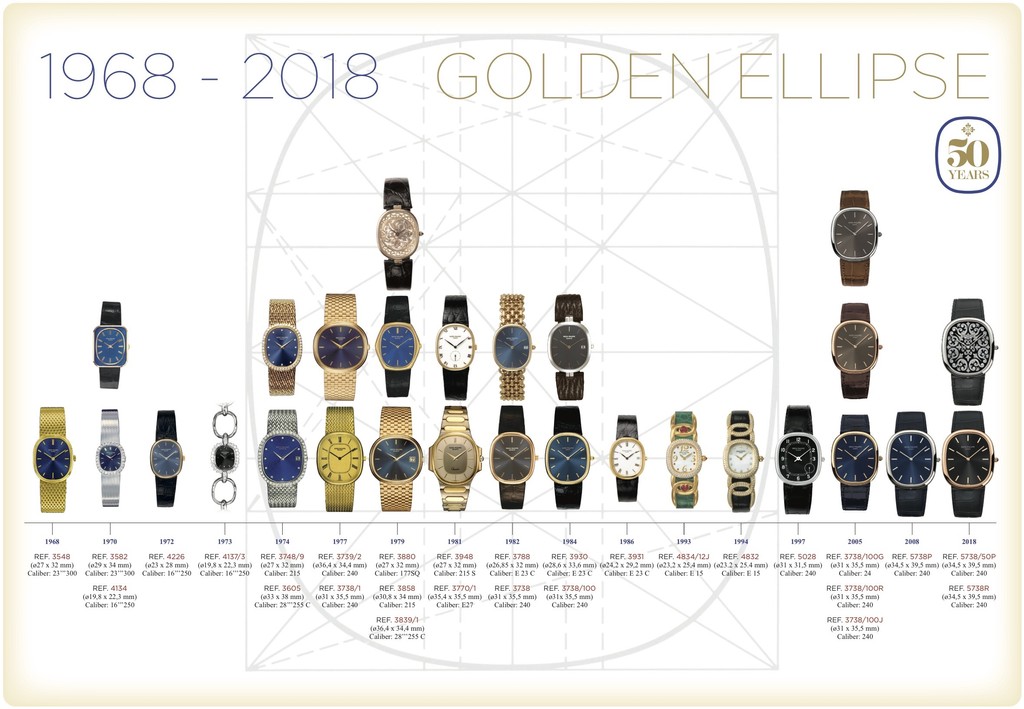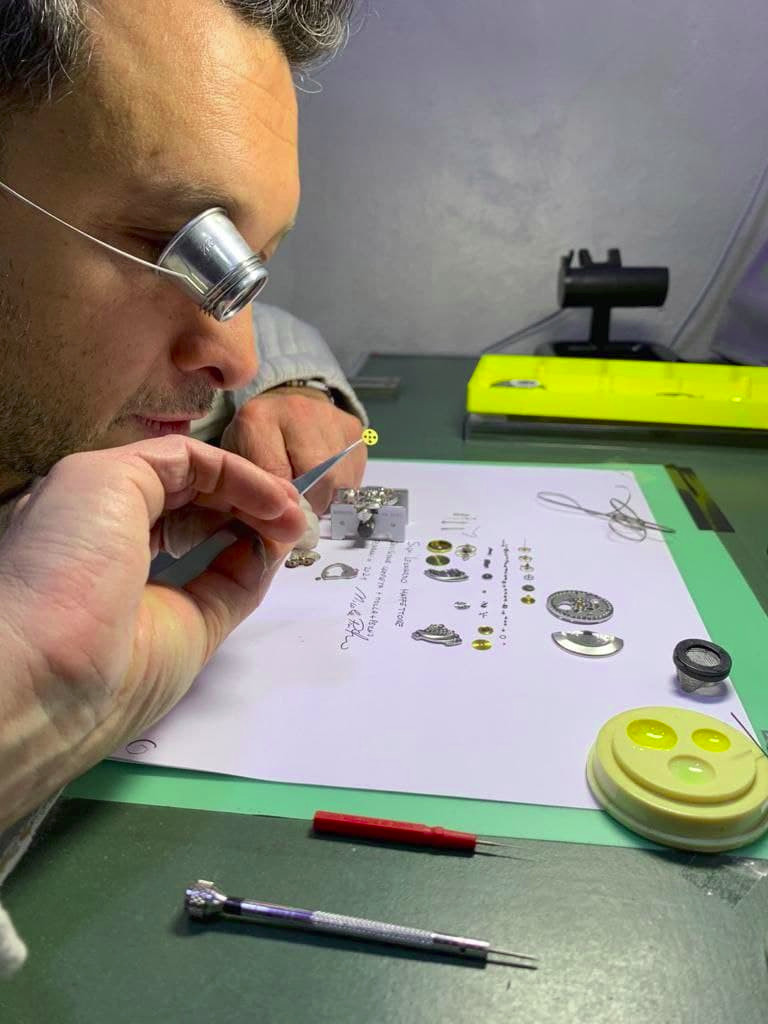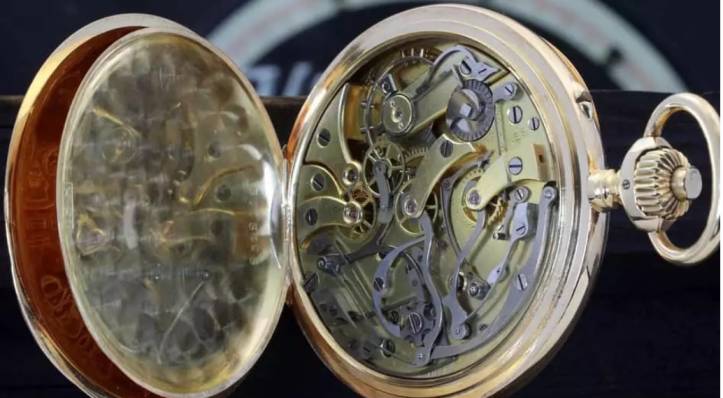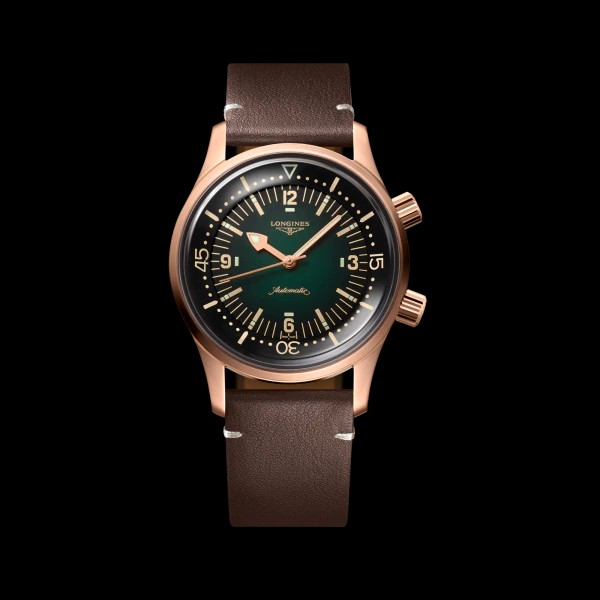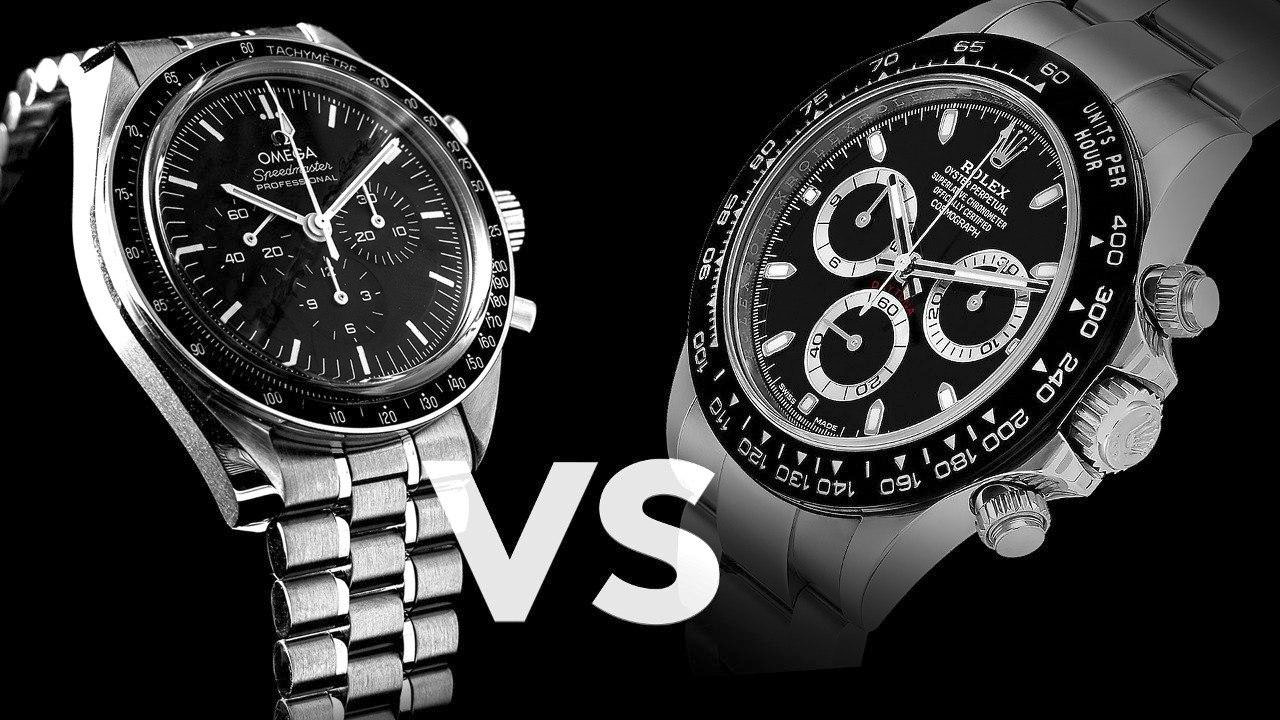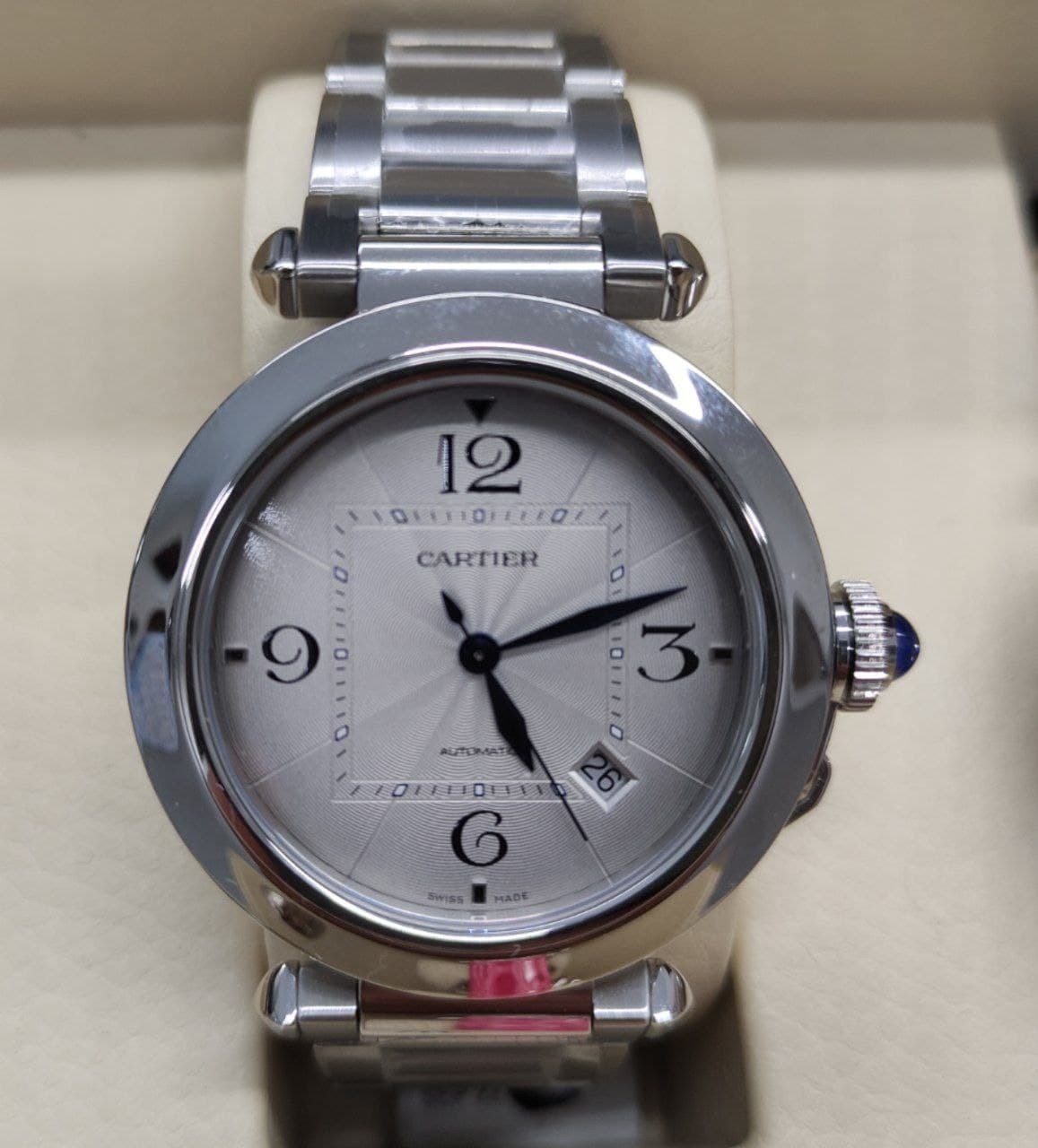Dr. N.
The Sixties: the race for the first self-winding chronograph
The Sixties were an era of great turmoil also in the watchmaking field. Some of the world's major manufacturers launch the challenge to create the first self-winding wrist chronograph. It is not an easy undertaking, which requires considerable imagination and ingenuity from designers. Let's see together how this watchmaking revolution came about.
The beginning of the challenge
In the XNUMXs, numerous automatic watches were introduced, including some diving watches that still have a large following today. The success of these new watches, however, was to the detriment of the sales of what is still a great classic of mechanical wristwatches: the chronograph.
The innate elegance and undoubted functionality of the chronograph are no longer capable, alone, of guaranteeing its survival. The public is getting used to the idea that a wristwatch should be able to function without having to be wound manually every evening. The solution is the creation of a self-winding chronograph: a solution which, however, is not simple to implement, and which requires almost a decade of work from the best minds in the world of watchmaking.
In 1947, Lemania - then linked to Omega - created a movement for a self-winding watch equipped with a chronograph function. However, this experiment does not go beyond the prototype stage. The competitors for the creation and marketing of the first self-winding chronograph remain three: Zenith, Seiko and a consortium of Doubois-Depraz, Buren, Breitling and Heuer.
A difficult challenge
Why is the creation of an automatic chronograph so difficult?
First of all there is the problem of the greater energy consumed by a chronograph. Moving the chronograph hand and the minute hands requires a greater amount of energy than that of a single-time movement: the traditional solution is to use manual winding, which allows greater tension to be accumulated in the mainspring compared to a automatic.
Furthermore, compared to a single time, there are two more complications, the chronograph and the automatic winding mechanism. This leads to great difficulty in making a movement compact enough to fit into the case of a wristwatch. Let's also remember that, in the XNUMXs, watches had more compact and thinner cases than today's.
Zenith began developing its automatic chronograph caliber as early as 1962, aiming to finish it in 1965. The fact that the work was completed in 1969 gives an idea of the difficulty of the task.
The three contestants
As mentioned, competing to create the first automatic chronograph are Seiko, Zenith and the Doubois-Depraz consortium, Buren, Breitling and Heuer.
Of these, the eventual winner, Zenith, seems the most disadvantaged. In fact, he is the one with the least financial resources, and he works alone. How did he manage not only to beat the others, but to create a movement that is still considered the best among automatic chronographs today?
The answer to the first question is simple: Zenith started working on the project three years before the competition. This gives it a substantial advantage, also considering that the entire development phase, for all competitors, is cloaked in secrecy, and that therefore no one can take advantage of other people's discoveries and integrate them into their own project: everyone starts from scratch, but Zenith starts first.
The answer to the question about the reasons for the qualitative superiority of the Zenith movement requires further investigation. Let's see in detail the choices of the three competitors
The Doubois-Depraz, Buren, Breitling and Heuer consortium
The Doubois-Depraz, Buren, Breitling and Heuer consortium, precisely because it is a group of manufacturers, adopts a design philosophy in which each contributes a part of the movement, which is therefore born with a modular concept.
The result is a chronograph module developed by Dubois, with a micro-rotor, or planetary rotor, developed by Buren, providing automatic winding. This construction implies the need to place the crown on the left side of the case. A point that is exploited in the commercial phase by Heuer, which emphasizes this characteristic as distinctive for the Monaco, advertising it as a chronograph that does not need to be wound and which therefore has the “superfluous” winding crown on the left.
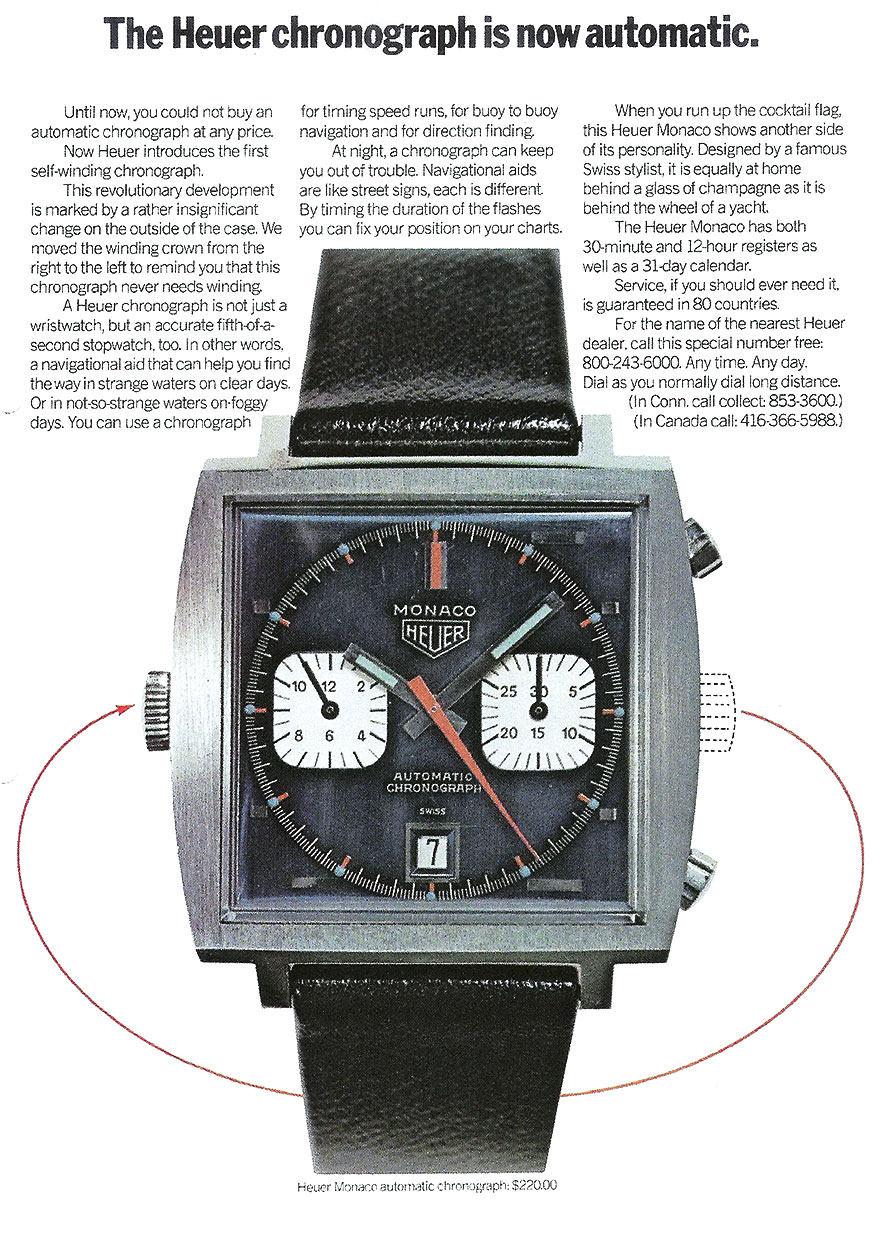
Seiko
Seiko is a single manufacturer, and takes an integrated approach, similarly to Zenith: the entire movement is designed from scratch by a single team of designers. However, the fact of having started later, and the traditional Seiko attention to robustness, rather than technical refinement, lead to a movement that is effective, but less advanced than the Zenith one. The Seiko movement is certainly not without its merits: it is in fact capable of integrating a date and day complication, as well as having a bidirectional winding rotor. The mainspring in fact receives the energy of the oscillating mass when it rotates, clockwise or anti-clockwise. In this way, a winding spring is always at maximum tension, a useful feature, as mentioned, in a chronograph.
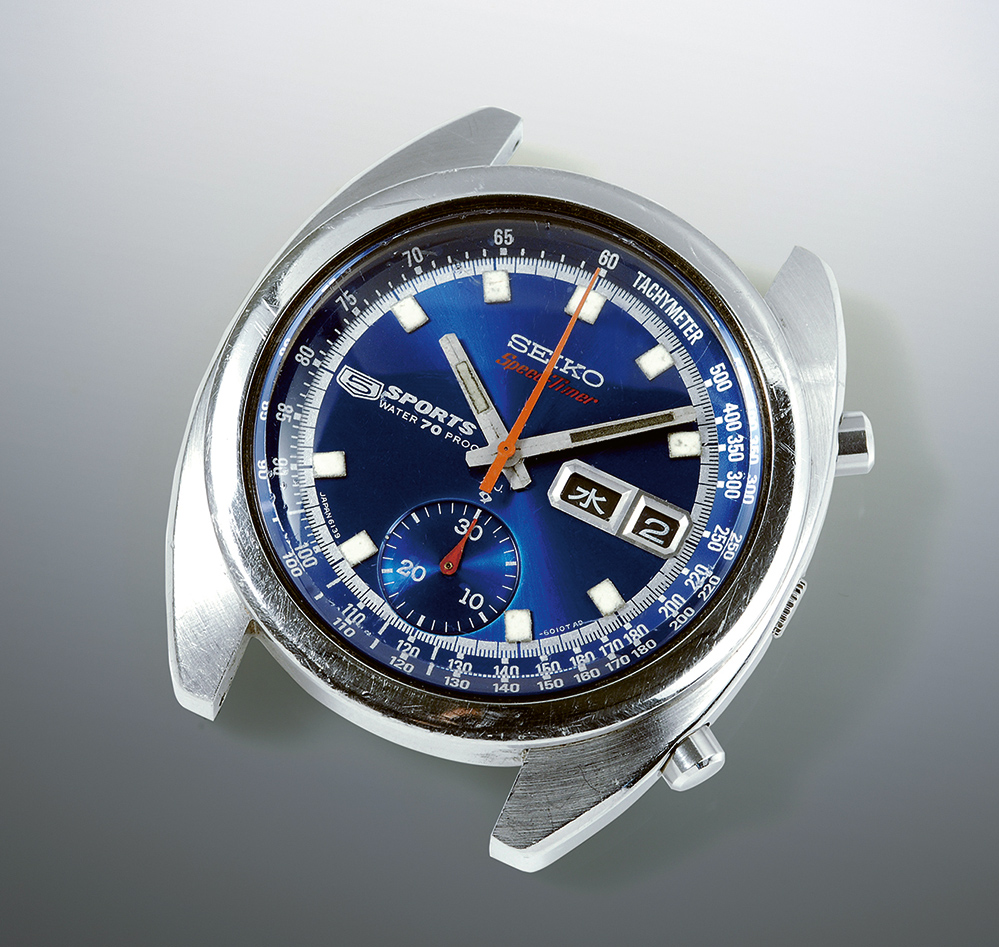
Zenith
Zenith is the manufacturer who immediately guesses the "magic formula": the 36 hourly oscillations of the balance wheel, which allow time to be measured in fractions of a tenth of a second. An exceptional achievement for any chronograph. Almost unbelievable for an automatic chronograph. Extraordinary if we consider that it was achieved over fifty years ago. The integrated architecture of the movement, resulting from the fact that we started from scratch and did not assemble pre-existing modules, means that the movement is extremely compact. It measures only 000 mm in diameter by 30 mm in height. The high efficiency of the entire mechanism also allows for a power reserve of 6,5 hours. Add to this that the aesthetics of the movement are also very satisfying, and we understand why Zenith El Primero is still considered a milestone in watchmaking today.
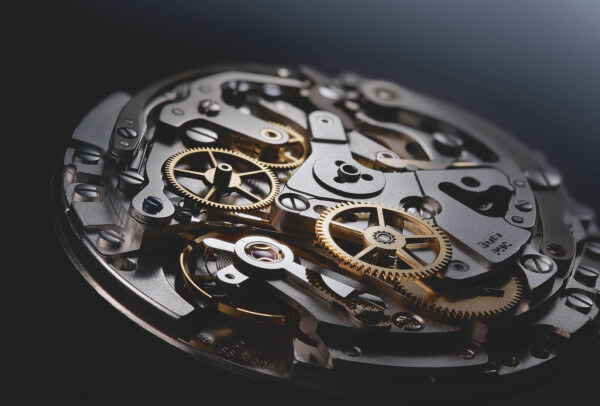
The caliber 3019, the heart of the Zenith El Primero
The winner of the challenge
There is no doubt that, among the three competitors, it is Zenith El Primero is to be considered the winner. Not just because it was presented first. The hiatus between the three competitors is just a few months, and they all put their automatic chronograph movement on the market in 1969. The reason for giving it the primacy lies in its technical refinement and its success: it is the only one of the three to be still in production today. The Seiko philosophy of constantly improving and modifying its product has not in fact allowed the original movement to be preserved unchanged. The competing movement made by the Doubois-Depraz, Buren, Breitling and Heuer consortium, whose most significant exponent is the Heuer Monaco, fell victim to the quartz crisis. Today it is no longer produced.
We must not forget that the Zenith movement was chosen by none other than Rolex for their legendary Daytona 16520, between 1988 and 2000. It is in fact a caliber which, thanks to its compactness, is easily inserted into the Oyster case without the need for modifications. The fact that it took a manufacturer like Rolex twelve years to produce its own self-winding chronograph movement, and that it arrived more than thirty years later than Zenith, is a testament to the extraordinary work that went into creating the Zenith El Primero: the first, and perhaps still the best.
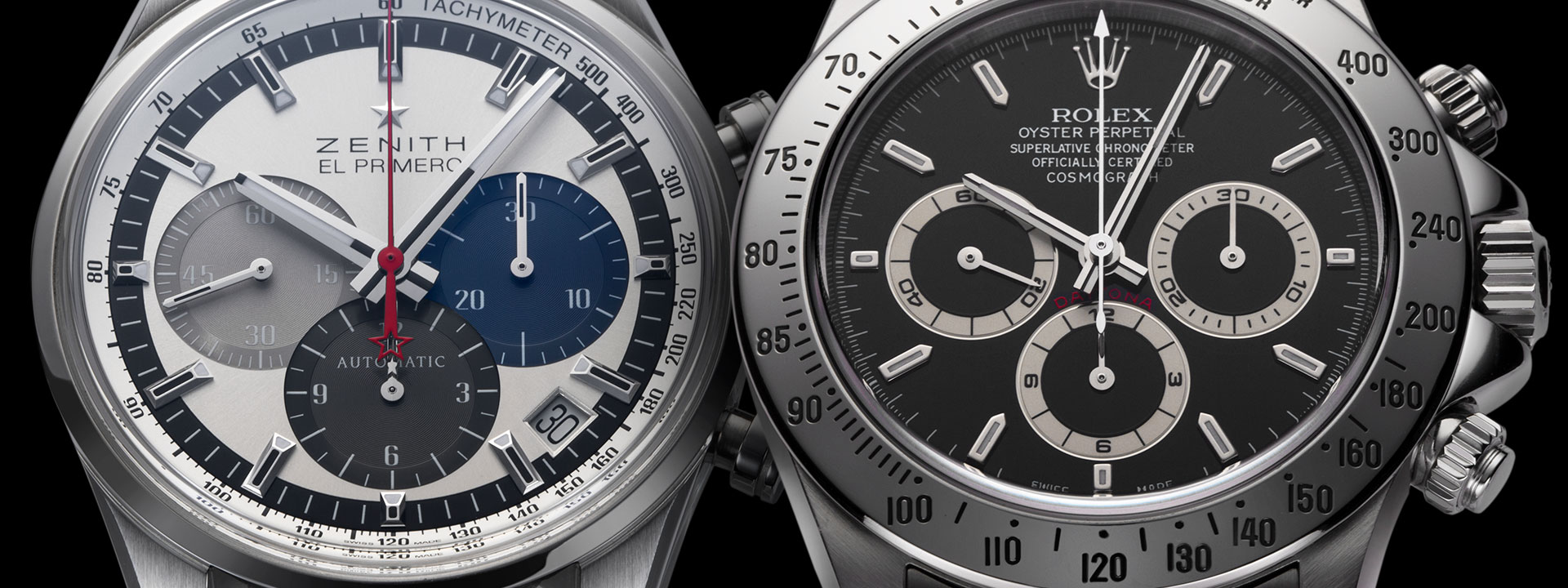
The Zenith El Primero and the Rolex Daytona 16520


